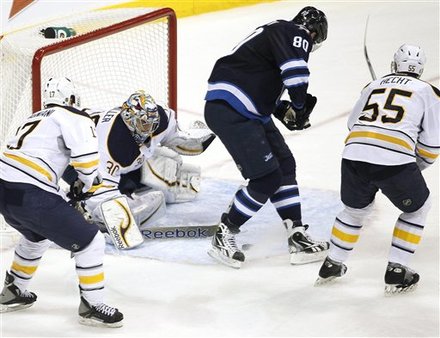Name: Rondae Hollis-Jefferson
Height/weight (per Basketball-Reference.com): 6-7, 215 pounds
Career stats (two years of college at Arizona): 76 G, .496 FG%/.205 3FG%/.697 FT%, 10.2 PPG, 6.3 RPG, 118 offensive rating, 88.6 defensive rating
How he was acquired: Drafted by the Trail Blazers on June 25th, 2015 in the 2015 NBA Draft with the 23rd overall pick and subsequently traded to the Nets with Steve Blake for Pat Connaughton (41st overall pick in draft) and Mason Plumlee
2014-15 season recap (at Arizona): A year removed from entering college as the 21st-best (according to ESPN) recruit in the country and an Elite Eight appearance for his Arizona Wildcats, the expectations for Hollis-Jefferson–one of the top defenders in college basketball–were sky-high. Mostly, the lanky Pennsylvania native lived up to them as he led his team to a second-consecutive top-eight finish.
Not known nearly as much for his offensive game as he is for his defensive one, Hollis-Jefferson managed to improve his field goal percentage to over 50 percent in his sophomore campaign even as his unsightly three-point mark hovered around 20 percent. He also posted a top-20 NCAA defensive rating as well as the fourth-best in the Pac-12, behind two fellow top picks (Delon Wright and Stanley Johnson) as well as Gary Payton Jr. He also had a few big games in the NCAA Tournament, scoring 23 points on nine shots in the opening round against Texas Southern and 17 points on 12 shots against Wisconsin (with first-rounders Sam Dekker and Frank Kaminsky).
Expected role: The Nets sent Plumlee, an organizational favorite, and the draft rights to Connaughton–a highly valued selection–to Portland for Hollis-Jefferson because they feel he can become the defensive stopper Brooklyn didn’t have last season. With him, the offense is more of a secondary thought as he has the potential to be a vital sixth-man who can come off the bench late in games to shut down the opposition’s top scorer. Considering how much youth and relative inexperience the Nets have on their roster, Hollis-Jefferson will have to be thrust right into the thick of things from the start.
Best-case scenario: He has all the physical tools–besides being a bit undersized in terms of weight–to become a contender for All-Defensive teams year in and year out. It’s conceivable that he exhibit some of that potential in his rookie year and contribute effectively to the Nets and their defending of explosive shooting guards and small forwards that would give Joe Johnson and Bojan Bogdanovic big matchup issues. If he can do at least that, then his scoring deficiencies–at least for now–can be overlooked.
Worst-case scenario: Considering how he’s only 20 and just played two years of college ball, Hollis-Jefferson almost certainly will be physically–and mentally–overmatched in his first few months of pro basketball. He’ll be tasked with defending guys like LeBron, DeMar DeRozan, Paul George and countless other players who will undoubtedly be far better than guys he had to guard in college. We know he’ll go through the struggles of adjusting to the NBA but if those defensive struggles persist for much of his rookie campaign, then he won’t provide much, if any value at all, to the Nets.
General thoughts: It’s very difficult to project how rookies will do in their debut NBA seasons–almost as hard as it is for those rookies to transition to the league–so most of this talk about Hollis-Jefferson is relative speculation. Still, the ceiling for him is truly sky-high, but he probably won’t come anywhere close to said ceiling in the 2015-16 season. For it to be a success for the Nets, as well as himself, he’ll just have to break through a few of the atmospheric layers.
Add The Sports Daily to your Google News Feed!
